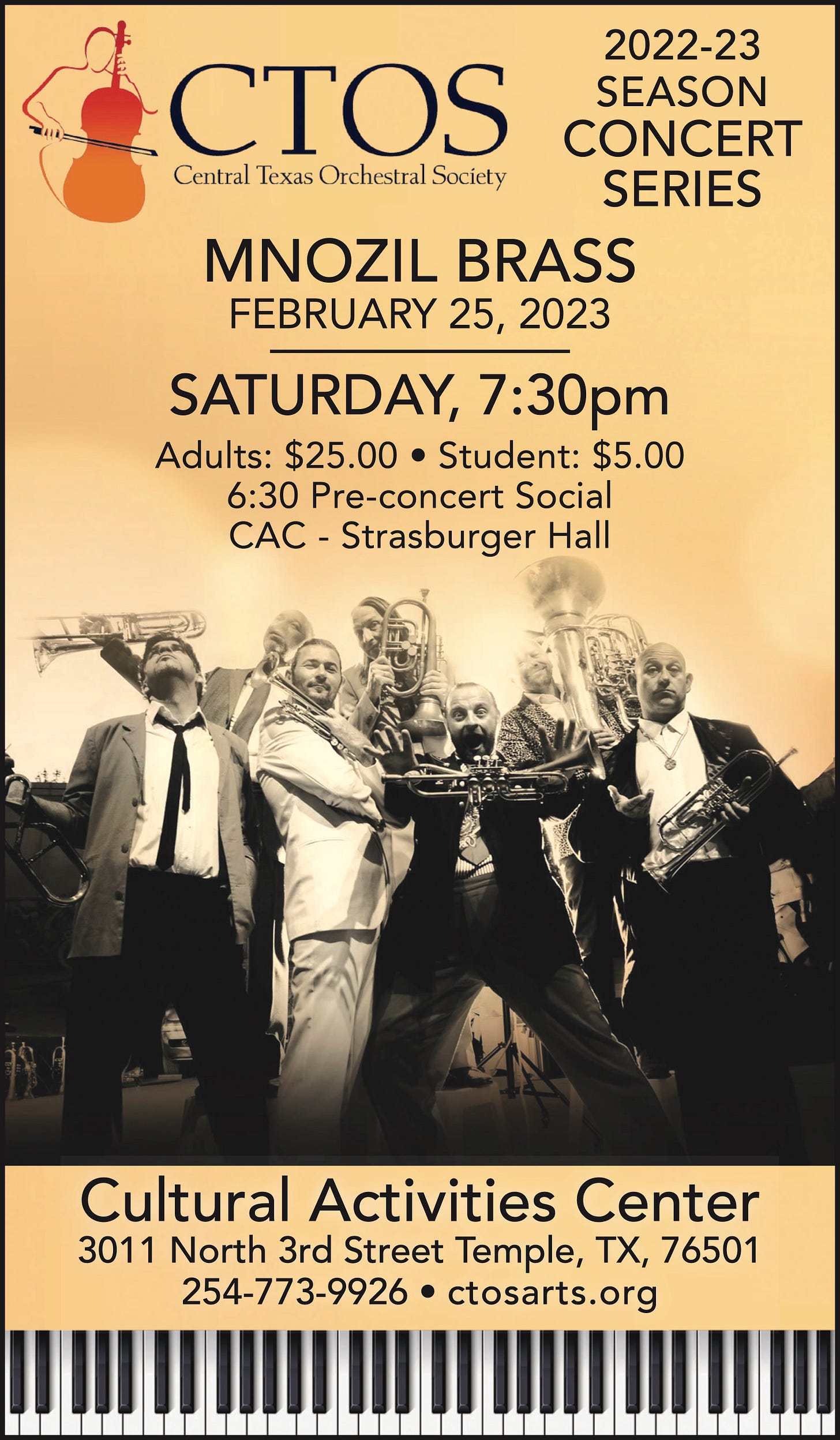This tiny residence at Community First Village in Austin was created by ICON using a 3-D printer. The cost was about $10,000. Homeless communities inspired in part by Community First and similar projects in San Antonio and Dallas will be built in Temple and Killeen by Arbor of Hope, an umbrella organization formed this year following a recommendation by homelessness guru Dr. Robert Marbut. Courtesy photo
DAVID STONE | OUR TOWN TEMPLE
Plans to create transformational communities for the homeless in Temple and Killeen have been approved by both city councils and a search is under way for suitable locations for the two campuses.
The campuses — which could open as soon as this fall — are part of a recommendation by a consultant hired by the two cities to study homelessness and affordable housing on a countywide level.
Dr. Robert Marbut, a well-known San Antonio-based consultant who specializes in helping entities reduce homeless populations, was hired in April in a countywide, multi-city effort to decrease the number of people living in shelters and on the streets of Temple, Killeen and other Bell County cities.
Marbut’s recommendations, which creates a non profit umbrella organization called Arbor of Hope, was approved by Temple and Killeen city councils earlier this month.
“The next step is to hire an executive and financial directors so we can start raising money,” said Nancy Glover, Temple’s director of Housing & Community Development and one of the organizers behind the countywide homelessness initiative.
“We will be looking into public donations, grants, foundations and federal, state and local contributions,” she said.
The two campuses will be mirror projects — Arbor of Hope West will be in Killeen, Arbor of Hope East in Temple, Glover said.
“They will be partially modeled after similar projects in other Texas cities,” she said.
Both campuses will include shelters for up to 100 people, kitchens and cafeterias, health-care facilities, services for people who suffer from mental health and addiction, places to purchase food, community garden space and facilities to help create job opportunities.
“Eventually, clients will be able to work on campus to raise money,” Glover said. “Similar facilities have stores and services provided by the residents — the work is done by the people who live there. They get paid and learn responsibility.”
Glover said the typical stay at a campus will likely be about 90 days.
“But we don’t want to put a date on it — if a person is working through a program and showing progress, we will allow them to stay,” she said. “We will show grace, and we will show mercy.”
Initial phases of the transformational campuses likely will include dorm-style housing, but later phases could include mini-houses similar to those at Community First in Austin.
Community First is a master planned neighborhood that provides affordable, permanent housing and a supportive community for those coming out of chronic homelessness, she said.
The initial phase of Austin’s community included 100 RV homes, 130 tiny houses, outdoor kitchens, a market, an organic farm, a woodworking shop and several other opportunities for employment.
Glover and others working on the initiative also toured Haven for Hope in San Antonio and The Bridge in Dallas.
Glover said options for the Arbor of Hope communities could include green houses and hydroponic systems to grow food for the campuses.
“Our goal is to have a person’s needs met right on campus,” Glover said. “There should be no need to go offsite while they are working on a betterment program.”
“Ultimately, we would like to have the opportunity for educational programs to assist with job opportunities and substance abuse disorders. It’s all very conceptual at this point, but we want to treat mind, body and soul.”
“In order for there to be true transformation in the lives of those with substance abuse and mental illnesses, they have to change the people, places and things they are used to being around,” she said. “They have to break away from the familiar and create a new beginning.”
“Some homeless people don’t go to existing places to get food and services because they are afraid that seeing certain people could lead to a relapse into drug use.”
Glover said the campuses will have checkpoints to ensure that drugs and alcohol don’t make their way inside.
According to the National Center on Homelessness & Poverty, nearly 554,000 people in the US are homeless on any given night. More than 300 of those live in Bell County, according to the 2023 Point-in-Time Count conducted earlier this year.
Ideally, the Arbor of Hope communities would be a next step for low-level offenders with addiction or mental health issues who go to Bell County’s new Diversion Center once it opens in late fall or early 2024.
The Diversion Center will provide police officers with a short-term option other than sending the person to an emergency room or to jail.
“The Diversion Center will be a bridge facility,” said Bell County Judge David Blackburn. “The idea is to get them on medications if necessary and get them some help before we find a long-term solution.”
According to Glover, the ideal long-term answer is Arbor of Hope campuses where clients can continue to receive treatment and restore order to their lives.
“The Diversion Center will be a safe place for the homeless and addicts to land for about two weeks,” she said. “It’s a place where they can get their medications straight and create a plan for their lives. The new campuses would be places where they could go next. A shelter that is a safe place with services on site.”
Caitlin West, executive director of Temple Christian Outreach, is a big fan of the tiny houses concept. The little homes are typically built from shipping containers, and according to West, they usually cost about $2,500 and require an additional $5,000 to $7,000 to convert into 250- to 400-square-foot mini homes.
“Grants are available to establish tiny villages,” she said. “Each house usually sleeps one to four people, depending on the size. Some of the homes are two shipping containers high, and they usually will accommodate four people.”
West said the tiny homes generally do not have bathrooms, but a community restroom and bath house is centrally located.
What’s up, Central Texas?
I hope you have enjoyed my offerings this week. Get ready — I have a lot of irons in the fire. Topics such as homelessness (more to come), lake fun and the state of faith in Bell County. Stay tuned! I want to express my appreciation to the many readers who have used the “tip jar” button to help support community journalism. Thank you. If you value my journalism, please show your support:










